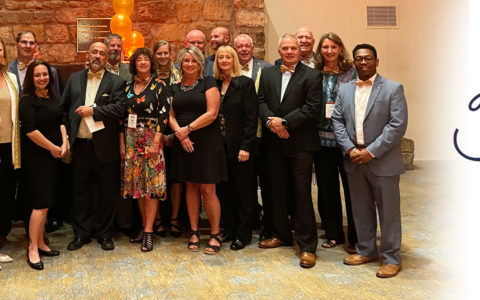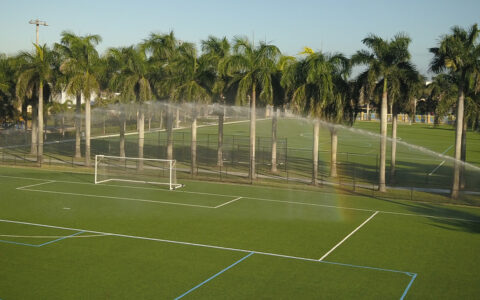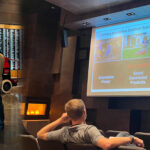Relationship Spotlight: Toro and City Parks Alliance
Parks can provide much more than recreational opportunities. They can spur economic growth, solve infrastructure and transportation problems, contribute to better health for the people living around them and much more. But to make that happen, communities now need to get more creative than ever — both in terms of reimagining the way urban areas can be used and finding funding to make these projects a reality. That’s one of the areas where the City Parks Alliance provides a valuable connection for resources, inspiration and ideas.
About the Organization
City Parks Alliance is the only independent, nationwide membership organization that is dedicated solely to urban parks. Its mission is “to engage, educate and nurture a broad-based constituency to support the creation, revitalization and sustainability of parks and green spaces that contribute to more vibrant and equitable cities.”
Current membership includes about 300 organizations, representing hundreds of civic and community leaders, government agencies, parks and recreation authorities and funders. Members also include landscape architects, design firms and city planners.
“We’re finding that many community and city leaders are now realizing that parks can be powerful allies in accomplishing their goals,” notes Catherine Nagel, City Parks Alliance executive director. “They’re recognizing the many other benefits to parks that can be leveraged to help curate more livable cities.”

Parks as Infrastructure
Among the resources the City Parks Alliance offers is a five-part video series that shows how cities are investing in parks to address some of their biggest challenges. The videos highlight projects that have made a real impact — from storm water management to reducing public health costs to economic revitalization and job growth. They also show how cross-agency partnerships are leading the way for a new approach to decision-making in cities.
One example in the video on resilience showcases Atlanta’s Historic Fourth Ward Park. The original plan was to build a big underground tank underneath a municipal parking lot to hold storm water and slowly release it back into the system. That would have cost about $40 million dollars.
Instead, the city chose to build a park that would serve multiple purposes as a public green space with walking trails and a pond system to manage the storm water. The cost of the green infrastructure was $24 million, a savings of $16 million.
“Now there’s new economic investment taking place around that park — which was normally prone to flooding — because it’s where people want to be,” adds Nagel. “It’s an example of how cities can find new solutions to the problems they are facing. With a little bit of creativity and expanding the discussion to include local stakeholders, you can get some interesting ideas that provide all of these additional benefits.”
Economic Research
Many of the parks featured in the video series are part of a multi-year study conducted by Georgia Institute of Technology researchers into the economic benefits of U.S. infrastructure investments. The research was conducted in collaboration with more than 50 university, industry and government partners and yielded a variety of case studies, which are available on the City Parks Alliance website (scroll down toward the bottom of the page).
“We’re providing research and examples for other cities, municipalities, park systems and nonprofits to learn from each other and follow each other’s lead,” Nagel explains. “Parks are actually solving so many different challenges, and these case studies show the benefits of establishing, renovating and programming parks in our cities.”

Greater & Greener Conference
In addition to these efforts, the City Parks Alliance presents the Greater & Greener conference every two years to explore the role of parks and recreation in addressing the challenges of 21st Century cities. The next conference is July 20-24, 2019, in Denver, Colo., with the theme of “Exploring Natural Connections.”
The event draws more than 1,000 industry experts from approximately 200 cities and 20 countries around the world. Attendees include parks and recreation agency leaders, city planners, design professionals, urban park advocates, and many others — representing everything from water utilities and nonprofit organizations to transportation and health professionals.
The 2019 conference will offer six tracks, including Activating Urban Parks Through Recreation, City Park Essentials, Equity, Funding, Parks as Infrastructure, and Urban Greening and Biodiversity. It’s a unique opportunity for cities with similar challenges to connect and share insights.

Toro Urban Park Innovation Award
Presented in partnership with the City Parks Alliance and Greater & Greener, the Toro Urban Park Innovation Award recognizes innovation in park management and practices. Toro is proud to sponsor this award, which provides $50,000 toward a park renovation project in the city where the Greater & Greener conference is held.











